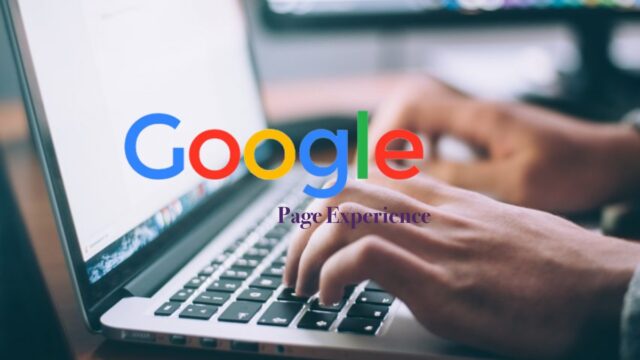In May 2021, Google Search will start to roll out a new algorithm called ‘Page Experience’, an updated addition to Google’s ranking factors. This new tool measures and gathers data based on a website’s effectiveness, seeing if it gives its users the best browsing experience possible. It focuses on the core web vitals – responsiveness, visual aids and loading speeds on mobile and desktop.
This new algorithm means that if you’ve outsourced your marketing to an eCommerce SEO agency, they are going to need to update your website’s SEO. It will need to be technically optimised to give the user the best experience when visiting your website so that you can get a higher Google search ranking for the keywords that you’re targeting. The better optimised your website is, in line with the new update, the better position it will have on Google’s search results page.
The Core Web Vitals
Most users are accustomed to fast and effortless web browsing, and the ‘Core Web Vitals’ are the foundation and baseline of any well-run website. These are used as indicators to gauge a web users experience on a website. This update is good for SEO as it breaks down the ways you can effectively optimise your website.
The Core Web Vitals are broken down into 3;
Largest Contentful Paint (LCP) Loading –
is about the website’s loading speed and performance. Potentially a more precise way of measuring when the main content on a website has clearly loaded and is fully visible to the user.
LCP is good when the main content is loaded within the first 2.5 seconds of the page loading.
A bad LCP would mean the main content took longer than 4 seconds to load.
Cumulative Layout Shift (CLS) Stability –
this measures visual stability and quantifies the number of unanticipated layout shifts that happen when a user explores the page. If you’ve ever been irritated when reading an article or pressing a button just to have the page switch abruptly, causing you to lose your position or press the wrong button, you’ve been a victim of bad CLS.
A CLS score less than 0.1 is good
Any websites with a CLS score over 0.25 is poor and will not rank highly
First Input Delays (FID) Interactivity –
this is about measuring the website’s responsiveness when the users first interact with it. Google want websites to become interactive and responsive as soon as possible after users open them, so the FID requirement for a web page has been set at 100 ms—a tenth of a second, or the blink of an eye.
Web pages with an FID score that is less than 100 milliseconds are great
Web pages with anything above 300 milliseconds should be optimised for better performance immediately
So these 3 Core Web Vitals are ways to measure how long it takes users to get on your page, how easy or hard it is to interact with your page and how easy or hard it is for the user to become confused with the web page due to design flaws and inconsistencies.
Google has made it clear that they prioritise and rank higher websites with the best general information and user experience, making page experience very important for SEO.


